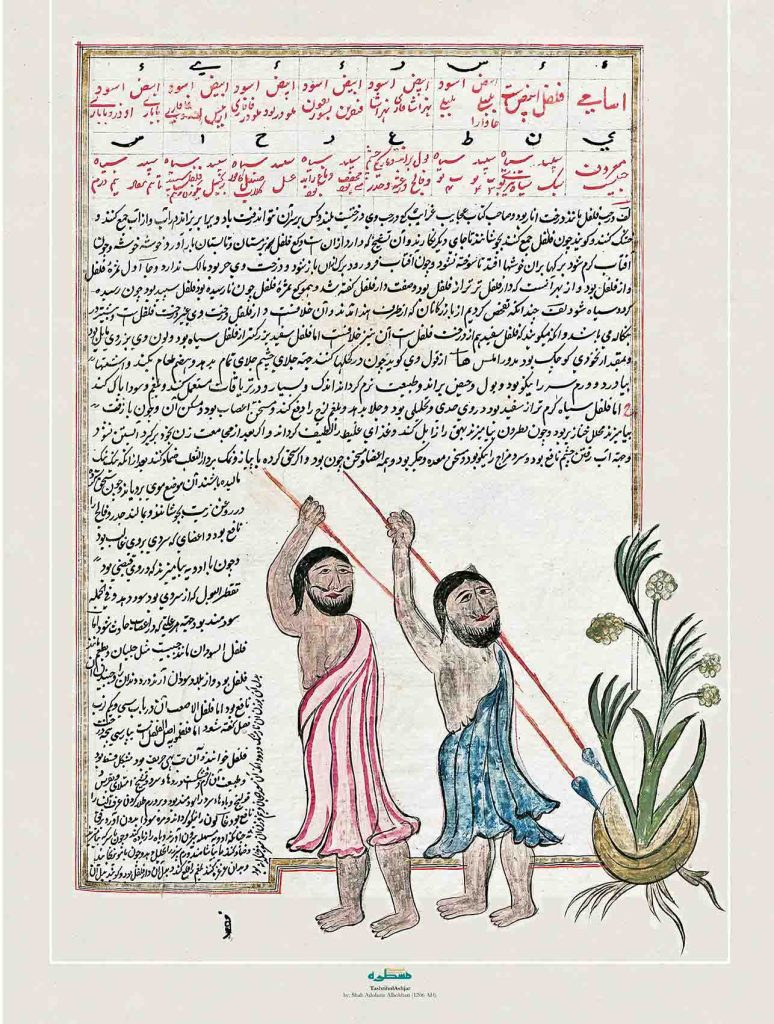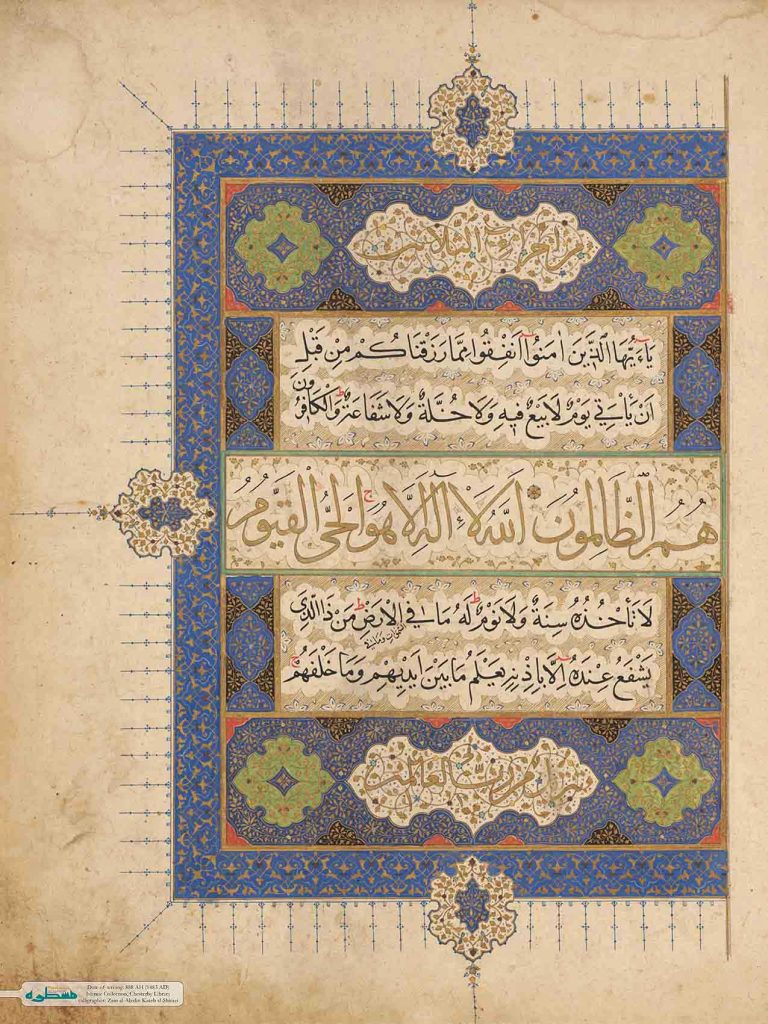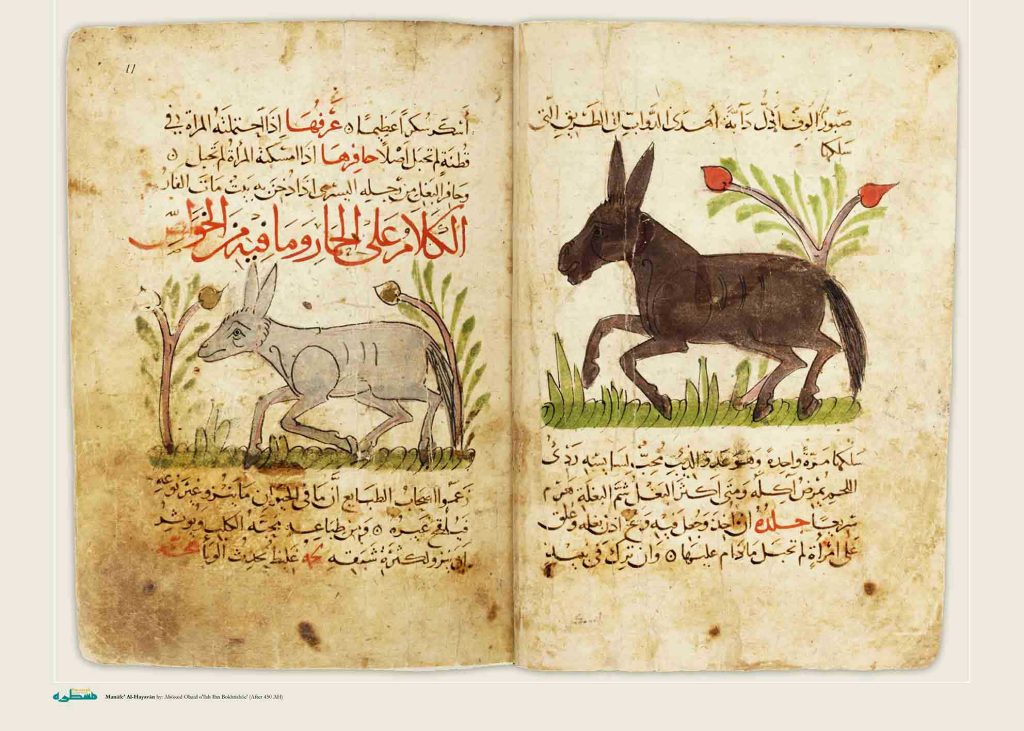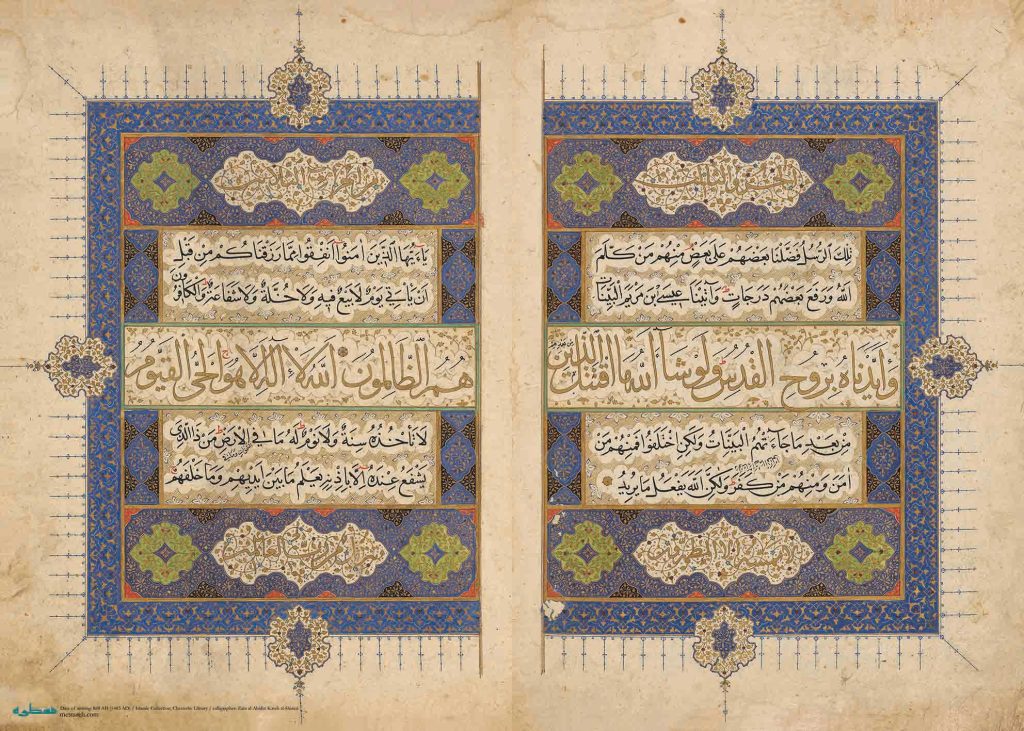Aja’ib al-Makhluqat wa Gharayib al-Mawjudat.
authorship
Pages
Book date
Version
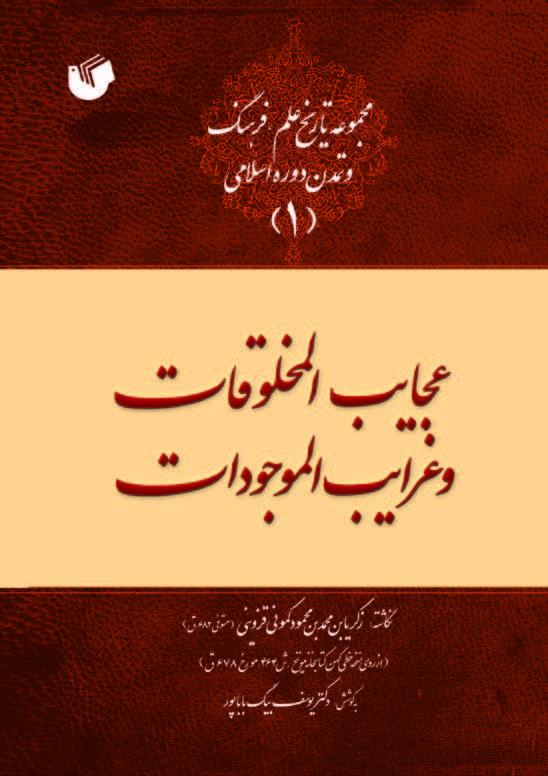
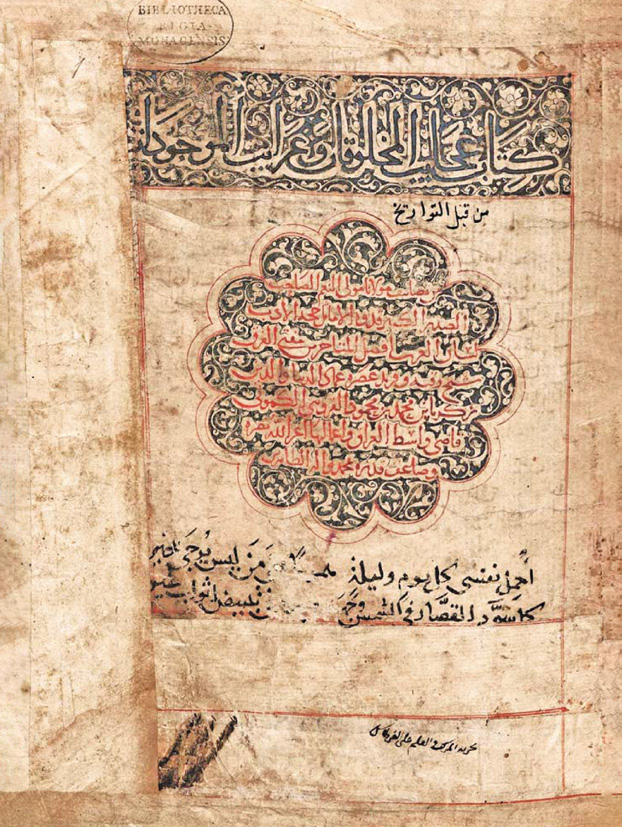

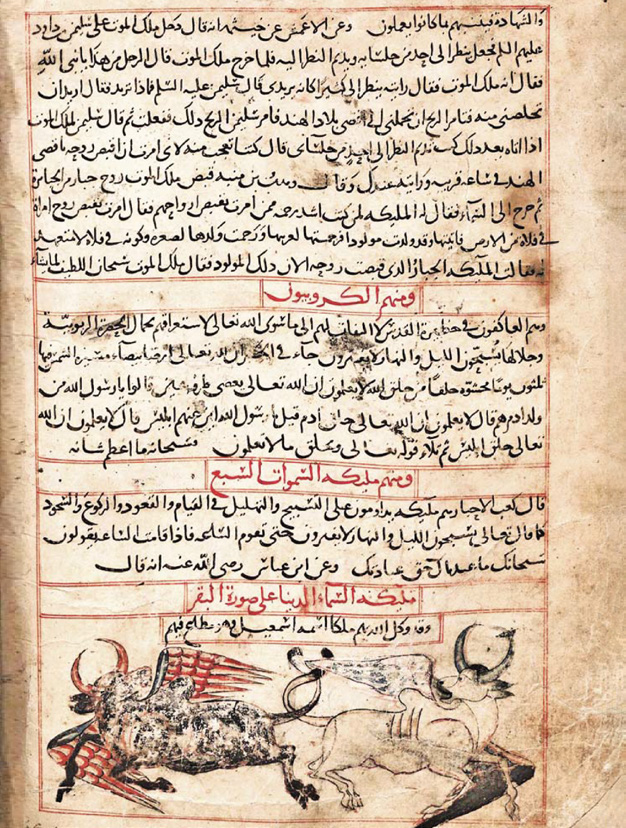

Zakariya
ibn Muhammad ibn Mahmoud Qazwini, a distinguished 7th-century Iranian scholar,
was a geographer, historian, and philosopher. In his youth, he moved to
Damascus, where he studied under renowned figures such as Ezz al-Din Abhari and
Ibn Arabi. Qazwini held various judicial positions in Iraq, and after the Mongol
invasion that led to the fall of Baghdad, he devoted himself to research and
teaching. A true polymath, he made significant contributions to a wide range of
disciplines including geography, astronomy, geology, and natural sciences.
Western scholars regard him as one of the greatest cosmologists of the Islamic
world.
One
of his most notable works, Aja’ib al-Makhluqat wa Gharayib al-Mawjudat (The
Wonders of Creation and the Rarities of Existence), delves into the
extraordinary features and mysteries of the natural world. The book opens with
four introductory chapters: defining the terms “wonder” and
“rarity,” classifying living beings, and categorizing them based on
Greek philosophical principles, particularly those of Aristotle. The text is
structured into two main sections: the first explores the celestial realm
(heavens and stars), while the second focuses on the terrestrial world,
covering elements, minerals, plants, and animals.
This
manuscript, one of the oldest surviving copies of the book, was written in 678
AH and is housed in the Leiden University Library under catalog number 464. It
is beautifully illustrated in the Mongol style.
اشتراک گذاری :
Form is loading
Please Wait
Easy Form Builder

